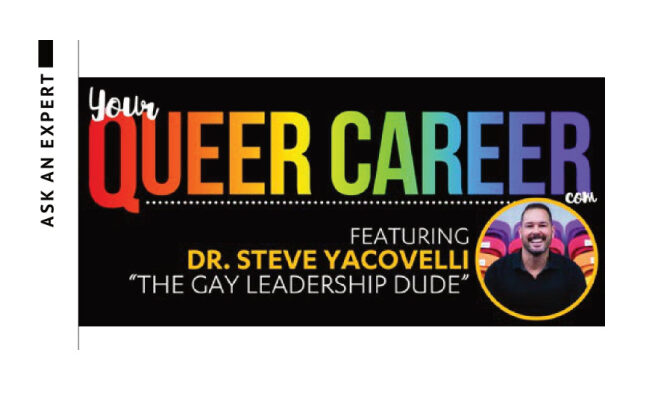
Ask An Expert
Do ERGs Really Work?
By Steve Yacovelli, Ed.D.
Hi “Gay Leadership Dude®.” I work at a large Fortune-something company that has an LGBT affinity group (some places call them “employee resource groups”). Since joining that about four years ago I’ve met some great people from around my company (and, being global, from around the world), but honestly, I’m not sure the work we do is changing things. Yes: even during the pandemic we still did work—local Pride events when we could and a few online lunch-and-learns—but I don’t feel like we’re moving the needle. Do affinity groups like ours really add value? How can we know if we are more than just “window dressing”?
~ Riled Rainbow
Thanks for the great question, RR: I’ve had the pleasure of both working internal with a few BRGs (business resource groups), running two, as well as having worked with a lot of them externally with my business over the past fifteen years. And during that time, I’ve definitely seen a wide range of organizations utilize their ERGs / BRGs / Affinity Groups / yadda yadda yadda in a great way, or—for a few—as a less-than-stellar tick-box mentality sort of way.
As I think about analyzing where your ERG (and I’ll use that as the general term) is in relationship to being “effective,” RR, as your question asks, I’d encourage you to ask yourself and your ERG team these five questions:
- Why does your ERG exist? … History leaves clues. When and why did your Employee Resource Group start? Was there a catalyst or an individual who championed its formation? Was it a significant event that lit the flame to start the ERG? Sometimes having this context can help determine the “importance” level of the groups’ formation. For example: in the early Summer of 2020 several organizations I know formed African American or Black ERGs as a response to the #BlackLivesMatter movement. Right thing to do? Maybe (but the timing is wicked questionable and a little too late, IMHO). Timing can be a great indicator of context and intent of the ERG. Which leads to …
- What is the support of your Executive Sponsor? … Executives can be a tricky bunch to understand as to why they support certain workplace initiatives. But ask yourself: “Why is our executive sponsor OUR executive sponsor of our LGBTQ+ ERG?” Their response may be personal (and please respect that), but frankly if they are not a member of the LGBTQ+ Community it may be great to get their perspective on why they put their political capital into supporting our Community. And more importantly: HOW much political capital are they “investing”? Is it a tick-box “look how cool I am as a straight person! I’m the senior Grand Pooh-bah of the LGBTQ+ ERG!” … or … “I’m the Chief Homo-Officer and this is my jam!” as a senior executive who is LGBTQ+. These are all tell-tale signs of the true investment of the Executive Sponsor. Similar to …
- What’s your ERG budget / reach? … Another great indicator of “organizational support” is always the budget. What is the investment that the workplace is giving you to program what’s important to your LGBTQ+ ERG within the business? I’ve worked with Fortune 50 companies who give a ridiculously small amount to run their ERGs; conversely some smaller organizations I’ve helped invest a heap of money into the success of programming and development of those within the affinity group. Understanding that investment from the workplace (and most likely asking the broader investment of the Diversity & Inclusion Department or equivalent) is a great tell-tale sign of how seriously the workplace takes on making the world a bit more inclusive … or if they simply are checking the box with a “We have an LGBTQ+ Group … we’re good!”. Which leads us to ask …
- What are we doing to insert ourselves into the mix? … Similar to #3, what does your ERG do to help solve business problems? Are you just the “Pride Month Coordinators … yay swag!” and that checkbox “we have the gay group,” or is your ERG invited to provide perspective on our Community when it impact business decisions? Is your ERG invited to the proverbial table when business strategy that impacts our Community happens or national / international issues arise that impact the queer community, or is your ERG ignored and forgotten? This inclusion (or lack thereof) is a massive sign of what senior leadership thinks about the importance of ERGs as internal “litmus tests” on community issues. Finally …
- How are we building a coalition with all the “others” … Different from the other four questions above but just as important to consider: partnerships. Of course, there’s strength in numbers; and look to your fellow Affinity Group / ERG leaders to see their perspective on the above. Are we all seen in the same fashion? A larger group of employees is a louder “squeak” than a small one. For bonus points: coordinate an all-ERG Resource Fair for your organization and invite those unenlightened execs to show them how all ERGs add deeper value to the business.
Now more than ever we want to be sure our ERG’s don’t just survive but thrive in today’s professional workplace. And Employee Resource Groups are a great way to make friends (especially over distance!), find like-minded co-workers, flex your leadership skills, and foster an inclusive workplace overall. Just make sure yours doesn’t exist only for Pride Month or for that 100 Score on the HRC Equality Index, and that your ERG is around to make a difference within your business … and the world.
HAVE A QUESTION FOR “THE GAY LEADERSHIP DUDE”? Submit @ www.YourQueerCareer.com Please note the advice shared is for informational use only; it is not intended to replace or substitute any mental, financial, medical, legal, or other professional advice. Full disclosure can be found at the website listed above.
FOR MORE INFORMATION:
Dr. Steve Yacovelli, Owner & Principal
TopDog Learning Group, LLC
+1 888.570.2228
Business Equality Pride (BEQPride) is the first publication from the BEQ family of national print and digital magazines exclusively addressing the needs of LGBTQ small-to-medium sized businesses, entrepreneurs and professionals.



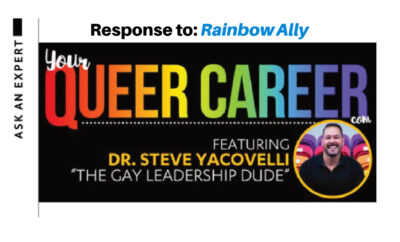
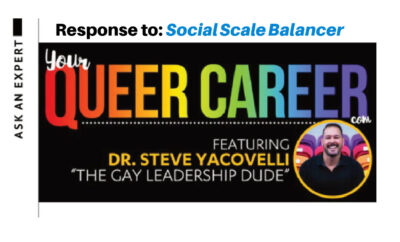

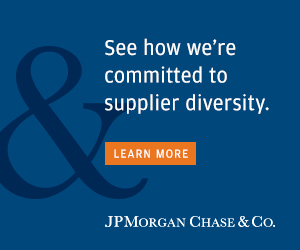
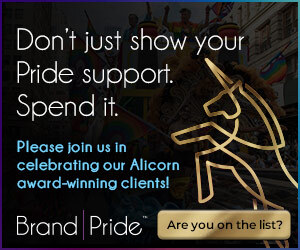
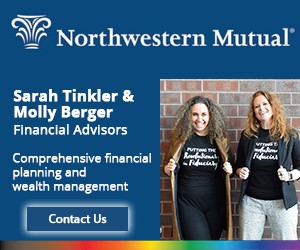
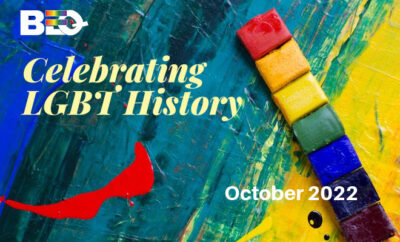
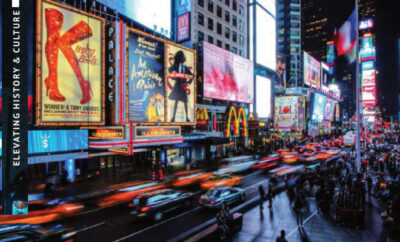






0 comments